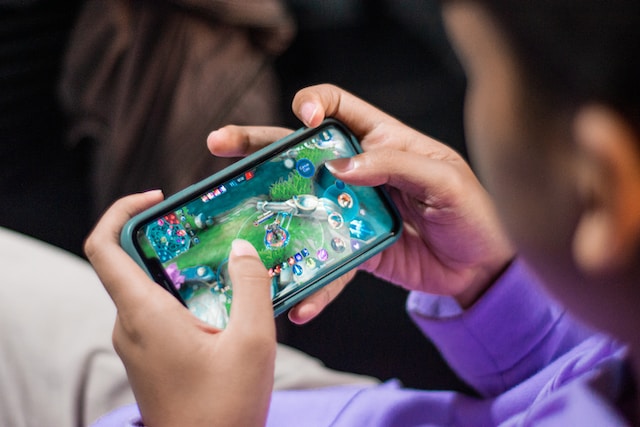From small characters to elaborately crafted 3D Characters, gaming has progressed. Have you ever wondered what makes virtual gaming world so appealing to players? The 3D Characters that live in these dynamic worlds hold the key to the solution.
The leap from the early simplicity of 2D characters to the immersive depth of 3D characters has led to a dramatic shift in the game development setting.These 3D characters are more than just decorative features; they also serve as vehicles for player involvement and emotional connection. The transition from 2D to 3D has enabled developers to create lifelike avatars that connect with gamers on a deep level.
This blog focuses on the creative process that brings characters to life as well as the technical parts. Join us as we explore into the challenging task of producing photo-realistic 3D characters, pushing the envelope and elevating gaming experiences to new heights.
1. Understanding 3D Characters
Before we begin with the process of creating photorealistic characters, we must first comprehend the fundamental fundamentals of 3D models and their critical significance in game creation.
The Role of 3D Models in Game Development
3D models, digital representations of 3D assets and characters are at the heart of virtual environments. 3D models, as opposed to 2D graphics, have depth, allowing for dynamic interactions and realistic movement. They act as the foundation of the gaming world, impacting everything from gameplay mechanics to visual aesthetics.
The Use of Photo-Realistic 3D Characters to Improve the Gaming Experience
Photo-realistic characters take 3D models’ immersive potential to the next level. When characters reflect real-world details, gamers establish stronger bonds with the game. Facial expression nuances, realistic textures, and lifelike animations all add to an emotionally meaningful game experience.
2. Basics of 3D Models in Gaming
The change from 2D to 3D was a paradigm shift in the game industry. Understanding the fundamentals of 3D models is critical for game developers who want to create visually stunning virtual environments.
An Overview of 3D Models and Their Applications in the Gaming Industry
Characters in the early days of gaming were dull and lacked dimension. With the introduction of 3D modeling, a third dimension was introduced, allowing characters to exist in a space with height, breadth, and depth. This spatial awareness is critical in designing worlds for players to explore and engage with.
Distinguishing Between 2D and 3D Characters
While 2D characters have only two dimensions, 3D characters have volume and may be viewed from many perspectives. This fundamental distinction has far-reaching ramifications for game design, influencing things like level design, camera viewpoints, and animation possibilities.
The Importance of 3D Models in the Development of Immersive Gaming Environments
Immersive gaming relies on the player’s capacity to feel physically present in the virtual world. 3D models contribute to the immersion by adding depth and realism. 3D models determine the visual and interactive features of gaming settings, from towering landscapes to intricate character details.
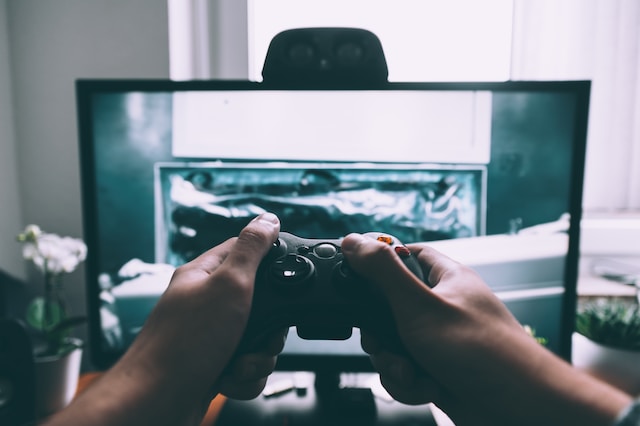
3. Character Creation Tools
Character creation tools are programs or platforms that allow creators to create and customize virtual characters for use in games or other types of digital media. These technologies offer a variety of functions, such as sculpting fine details and animating movements, allowing developers to bring their creative thoughts to life in the digital realm.
An Overview of 3D Character Creation Tools
Developers must navigate a broad assortment of possibilities in the vast field of 3D character creator tools. The market is filled with options that cater to all aspects of character design and animation, ranging from industry-standard software to user-friendly web platforms. Among these is 3daily, a revolutionary online character development tool that stands out for its ease of use and adaptability.
3D Character Animation and Custom Character Tool Comparison
Different tools excel at different elements of character design. Some artists specialize in creating elaborate unique characters with rich visual features. Others concentrate on 3D character animation, offering additional capabilities for realistic movement. Understanding the strengths and limits of each tool is critical for optimizing the development process and adapting options to project requirements.
The digital era has given rise to online platforms that simplify the character creation process. These platforms offer intuitive interfaces, extensive libraries of assets, and collaborative features that facilitate seamless teamwork.
4. Creating Your Own 3D Characters
Character creation is more than simply a technical procedure; it is also an artistic undertaking that demands imagination and attention to detail.
Step-by-Step Process for Creating Custom Characters
Begin with a conceptualization spark, detailing the character’s characteristics, backstory, and personality. Move smoothly into the design process, sculpting the character’s physical look with care. Enter the modeling stage and sculpt the character in 3D space with precision and imagination. Refine the textures of the character to provide depth and authenticity. Rig the character for animation so that it can move with fluidity. Finally, include the character into the gaming environment to ensure smooth integration and an immersive player experience.
3D Character Design and Customization Tips
Character design that is effective goes beyond the technical, embracing the beauty of storytelling and player interaction. Begin with developing an engaging backstory for the character, bringing complexity into the character’s tale. Prioritize visual clarity, ensuring that the character’s essence is communicated at a look. To improve distinguishability, experiment with silhouette recognition. Balance intricacy while not overburdening details. Finally, evaluate the character’s emotional resonance in order to establish a bond between the player and the persona.
5. Low Poly Characters in Gaming
While photo-realism remains a desirable feature, the appeal of low poly characters has carved out a distinct niche in the game world. This section explores the world of low poly characters, deconstructing their simple charm, relevancy, and the delicate interplay of benefits and obstacles.
Low Poly Characters and Their Importance
Low poly characters adhere to a minimalist aesthetic, emphasizing simplicity in geometric detailing. This purposeful approach, stressing clean lines over elaborate details, makes them well-suited for various game genres and art styles. Recognizing the importance of low poly characters becomes critical in making educated design decisions that are consistent with the desired visual approach.
The Benefits and Difficulties of Using Low Poly 3D Characters
The simplicity of low poly characters is a double-edged sword. On the one hand, it provides peak performance while also giving games a distinct aesthetic. However, presenting nuanced expressions and realistic movements is difficult with minimalism. Game creators must perform a complex balancing act when determining the visual style that best suits the narrative and gameplay aspects of their creations.
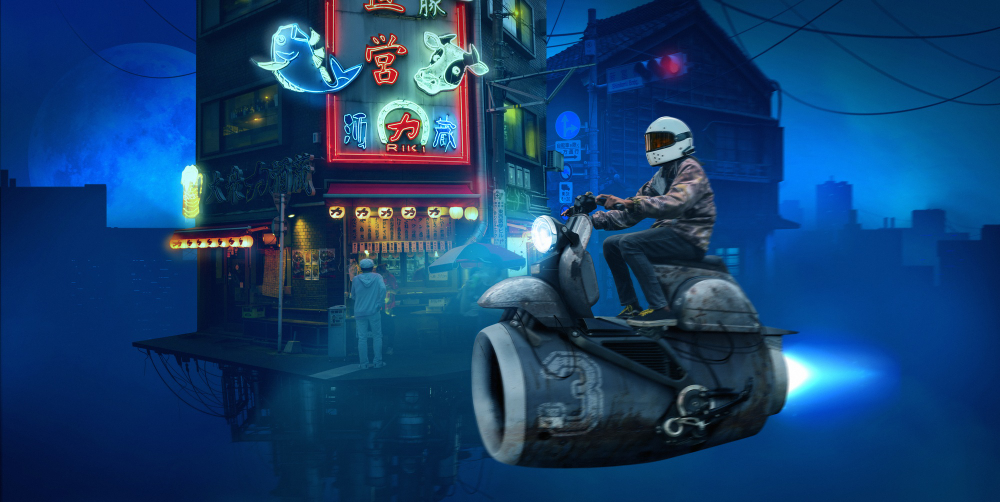
6. Human 3D Character Models and Realism
Human characters are unique in gaming because they function as channels for player identification and empathy.
The Importance of Human 3D Character Models in Gaming
The value of realistic human 3D models in games stems from their ability to bridge the uncanny valley and provide immersive experiences. These models, which are based on real-world nuances, improve player interaction and engagement. Human character realism enhances storytelling by bringing gamers further into the virtual storyline. Realistic human 3D models, whether conveying emotions or emulating natural actions, transcend gaming from ordinary interaction to a fascinating, emotionally evocative trip.
Photo-Realism Techniques for Human Characters
Achieving photo-realism in human characters necessitates a combination of artistic skill and technological prowess. It all starts with painstaking texturing, which captures delicate skin tones and details. Characters come to life with lifelike motions thanks to advanced rigging and animation techniques. The combination of these techniques provides a seamless illusion, blurring the distinctions between virtual avatars and their physical counterparts.
7. 3D Weapons and Wearables: Beyond 3D Characters
Beyond the characters, the focus moves to 3D weapons and accessories. These things go beyond being simply props and become extensions of a character’s identity and narrative.
Exploration into Creating 3D Weapons for Games
The exploration of 3D weapon design for video games is a trip into the domain of virtual armament. It entails crafting intricate details that combine usefulness and visual attractiveness, guaranteeing that each weapon is a work of digital art. This creative process goes beyond practicality, becoming a crucial aspect in creating a game’s character and immersive experience, with swords that glimmer with pixelated brilliance to futuristic guns with dynamic design.
The Importance of Wearable Detailed and Realistic Items
The importance of precise and realistic wearing items in gaming goes beyond appearances. These things contribute to the immersive tale by adding a layer of visual storytelling to the characters. Each aspect, from armor to accessories, improves the player’s relationship to the virtual world, providing depth to the overall game experience. Additionally, detailed wearables serve as crucial cues in narrative progression, providing players with visual indicators of character development and plot advancements.
Integrating Weapons and Wearables with 3D Characters Seamlessly
Integrating weapons and accessories with 3D character is an art form in the world of game creation. This method goes beyond basic decoration to ensure that each aspect becomes a natural extension of the character’s individuality, improving both aesthetics and gameplay. The interplay of these elements is expertly adjusted, resulting in a perfect blend that immerses gamers in a visually appealing and unified gaming experience.
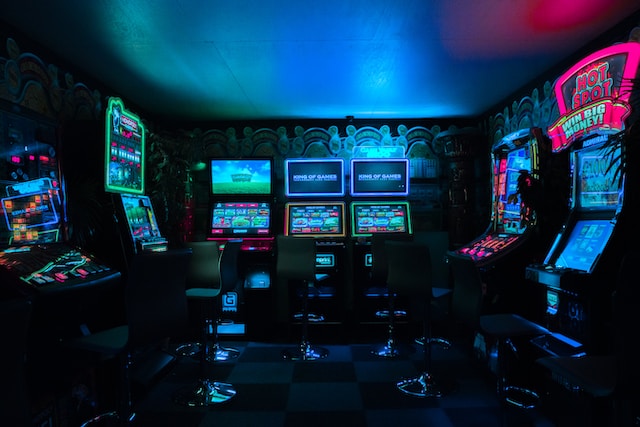
IX. 3D Assets for Game Developers
The importance of 3D assets in the development of games cannot be emphasized. These digital components serve as the foundation for virtual worlds, bringing characters, weaponry, and other elements to life. Characters, weaponry, scenery, and interactive objects are all examples of essential 3D assets. These painstakingly designed components improve a game’s aesthetic appeal and immersive quality.
High-quality 3D assets abound, and several platforms cater to the needs of game makers. Unreal Engine Marketplace, Unity Asset Store, and specialty sites like TurboSquid all provide a large selection of finely created assets. These resources save developers a significant amount of time and effort, allowing them to concentrate on the main parts of game design.
It takes skill to optimize and integrate 3D assets seamlessly. For efficient performance, developers must consider file sizes, polygon count, and texture resolution. It is critical to strike a balance between visual accuracy and performance. Furthermore, for a unified gaming experience, assets must be consistent with the game’s look and narrative. Developers may leverage the power of 3D assets to take their games to new heights with careful integration and optimization.
X. Future Trends in 3D Characters Design
The environment of 3D character design is changing as technology develops. Emerging technologies are pushing the frontiers of what is feasible in 3D character design, from real-time ray tracing to breakthroughs in motion capture. An examination of these technologies reveals probable future prospects for the area in the next years.
Character animation and modeling evolution is a dynamic process affected by both technological advances and artistic breakthroughs. Predictions on how various parts of 3D character design may grow, from more realistic animations to streamlined developer operations, are made.
Generative AI is creating waves in a variety of creative industries, including 3D character design. This section digs into Generative AI’s involvement in automating certain aspects of character creation, which has the potential to revolutionize the efficiency and speed of the design process.
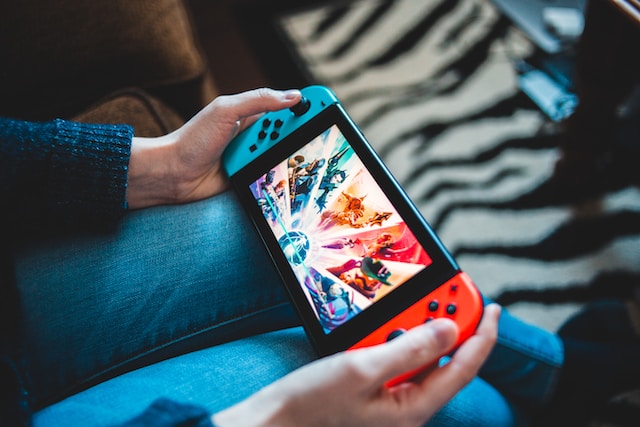
Conclusion
From the fundamental importance of 3D models to the artistry of creating photo-realistic 3D characters, every aspect adds to the ever-changing environment of gaming experiences. Looking ahead, the view into future trends, from real-time ray tracing to the influence of generative AI, heralds a promising period at the intersection of technology and creative creativity, influencing the immersive future of game creation. With 3Daily, you are able to build creative gaming characters! Create distinctive 3D characters and cool wearables for your games, whether you’re a newbie or an experienced game developer. Try 3Daily to take your game to the next level!

